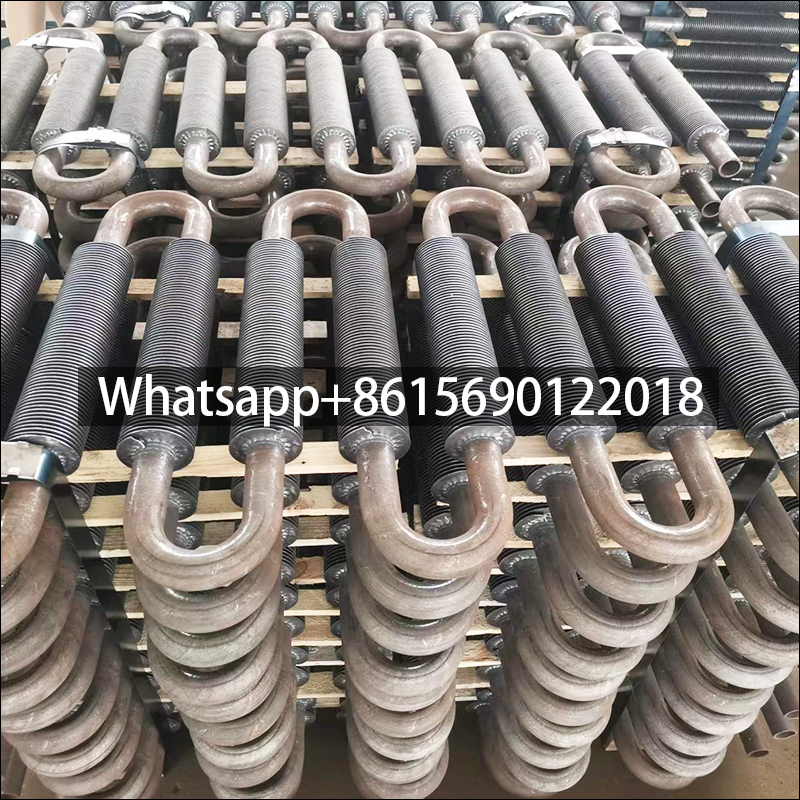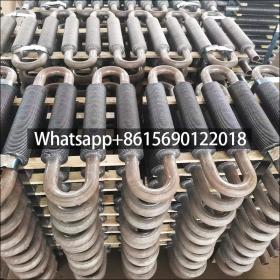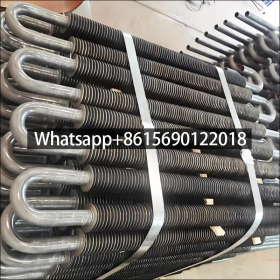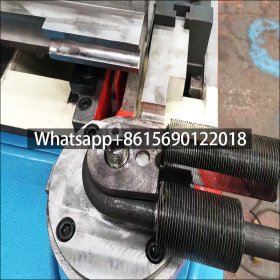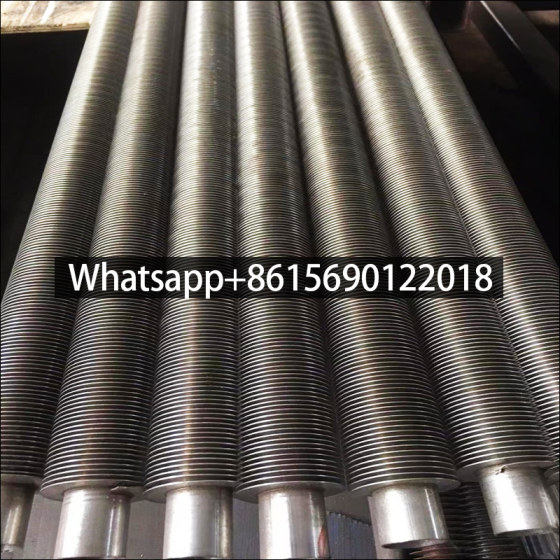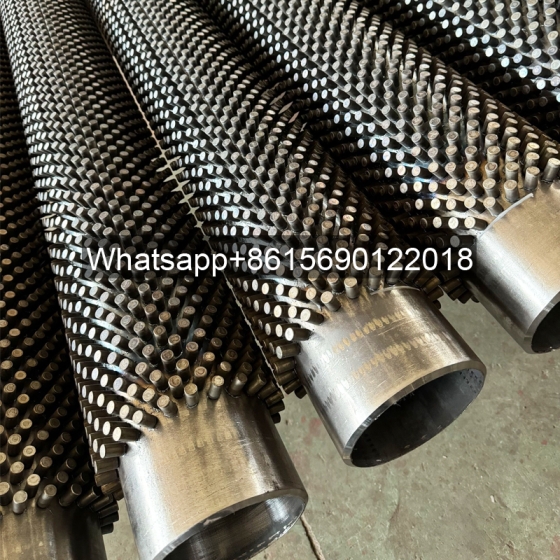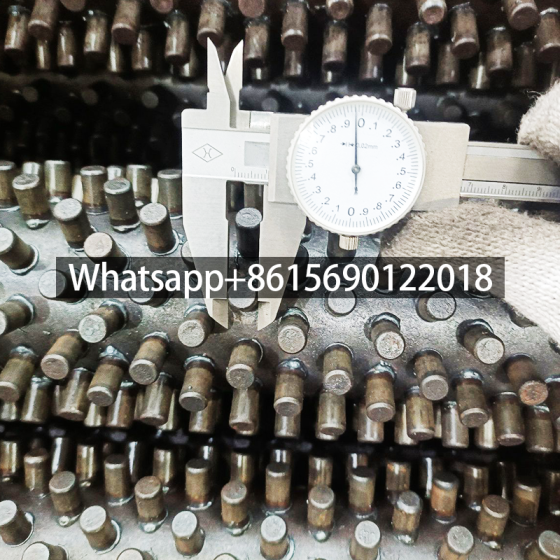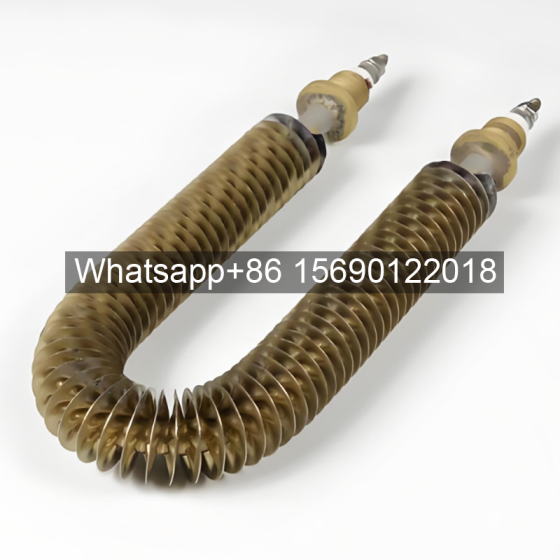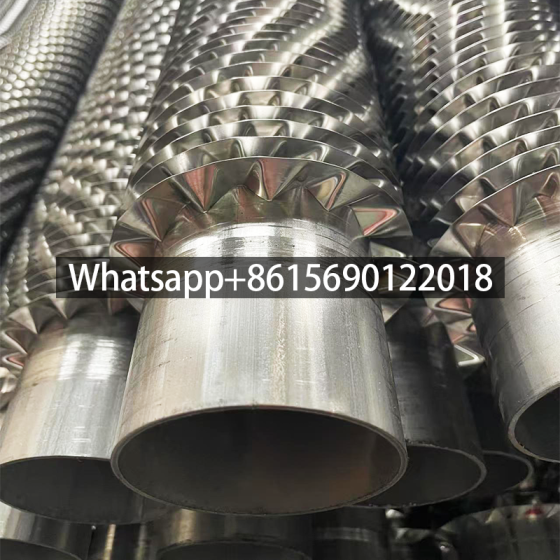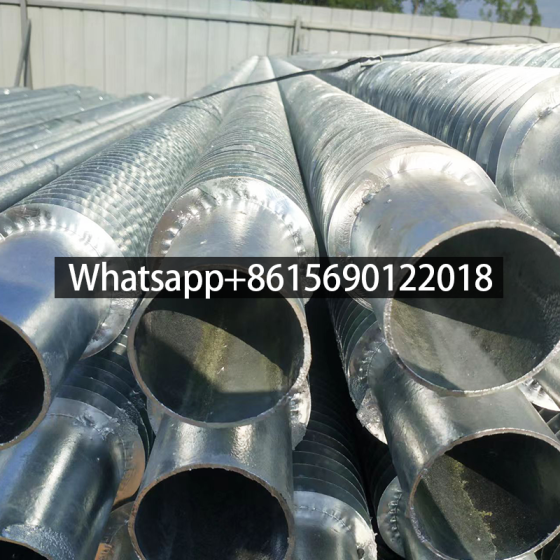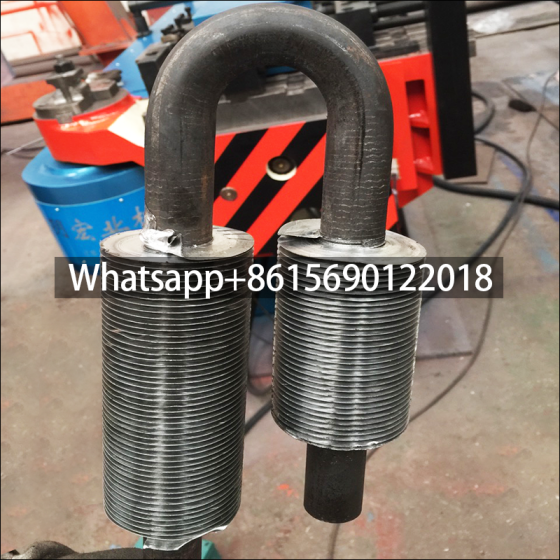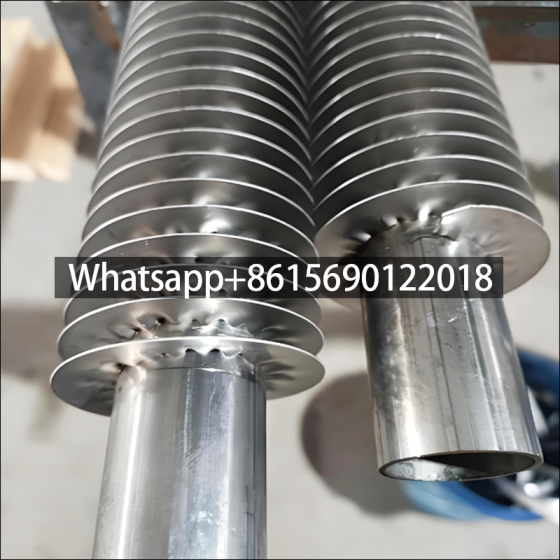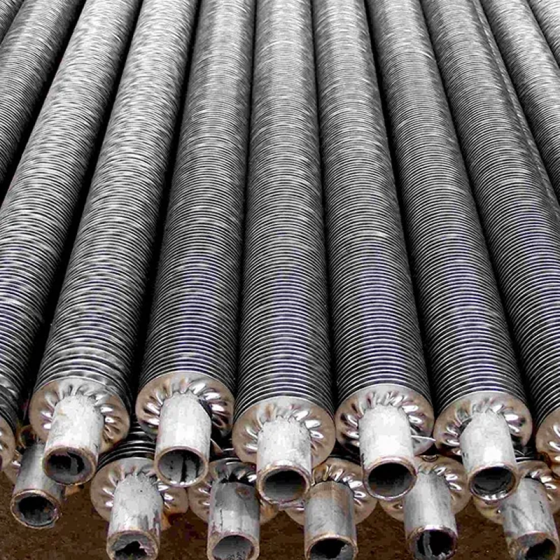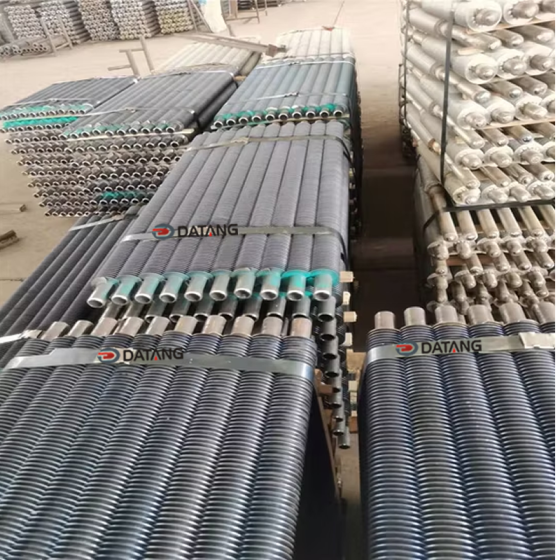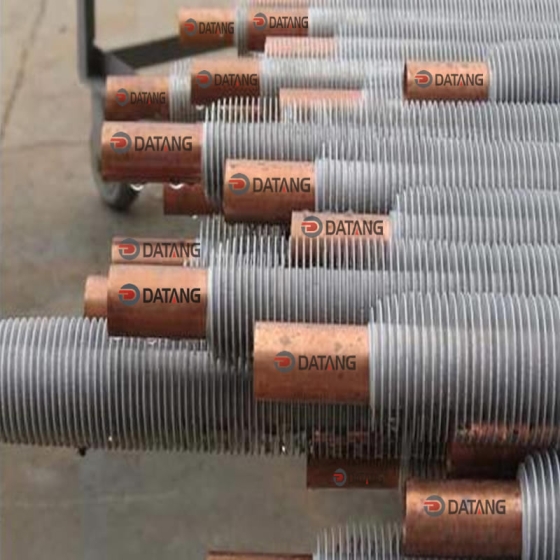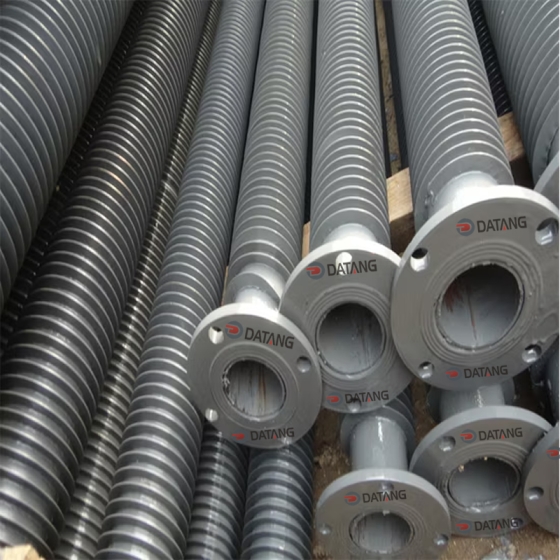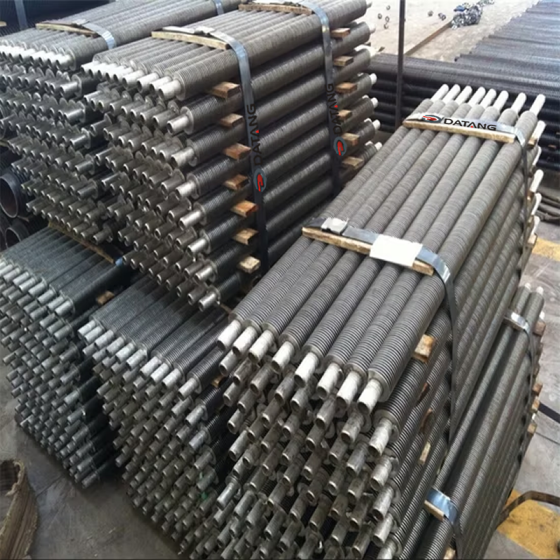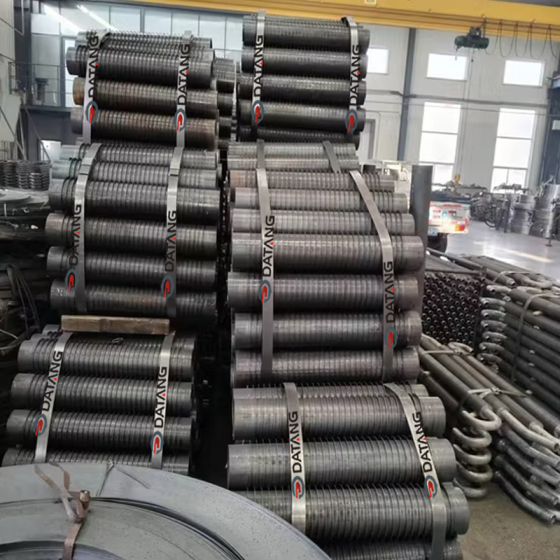A106 Gr.B Carbon Steel U Bend Fin Tube is an efficient heat dissipation element, which consists of a carbon steel base tube and fins arranged in a serpentine shape, and achieves rapid heat exchange by increasing the heat dissipation area.
Structural features of carbon steel u-bend fin tube
The serpentine fins are tightly attached to the surface of the carbon steel base tube through mechanical winding or high-frequency welding process to form a continuous heat dissipation structure. The fins are arranged in an inverted Y shape or spiral shape, which can effectively disturb the air and improve the convection heat dissipation effect.
Performance advantages of carbon steel u-bend fin tube
High heat dissipation efficiency: The serpentine design maximizes the heat exchange area in a limited space, and cooperates with the fins to enhance heat dissipation, which is suitable for industrial cooling, heating and other scenarios.
Corrosion resistance: Carbon steel material has basic corrosion resistance and is suitable for general industrial environments; high-frequency welding process can improve structural strength and corrosion resistance.
Easy to install: It can be flexibly combined according to needs, and daily maintenance only requires regular cleaning of pipes and fins.
Precautions for carbon steel u-bend fin tubes
There may be a risk of dust accumulation at the junction of the fins and the base tube, which needs to be cleaned regularly to ensure heat dissipation efficiency.
Here is the precise preserving all technical specifications and engineering nuances:
️ I. Material Properties & Standards Compliance
-
ASTM A106 Gr.B Carbon Steel Core Specifications
- Chemical Composition: Carbon ≤0.30%, Manganese 0.29-1.06%, S/P ≤0.035% – ensures high-temperature pressure integrity.
- Mechanical Performance: Tensile strength ≥415 MPa, Yield strength ≥240 MPa, operational range -28.9 to 565°C.
- Corrosion Mitigation: Mandatory zinc plating, epoxy coating, or sacrificial anode protection.
-
Saw-Tooth Fin Structural Advantages
- Turbulence Enhancement: Serration-induced boundary layer disruption increases heat transfer coefficients 40-60% vs. bare tubes.
- Anti-Fouling Configuration: Minimum fin pitch ≥2.5mm reduces particulate retention.
🛠️ II. Manufacturing & Performance Enhancement
| Process Stage | Critical Parameters | Performance Impact |
|---|---|---|
| Base Tube Forming | Hot-rolled seamless (1100~1200°C) | 30% higher burst pressure |
| Fin Integration | HF welding/cold winding (45°±2°), H=1.0-2.5mm | Bond strength ≥210 MPa |
| Surface Protection | Triple-layer: Sandblast → Epoxy → Zn/Al | Sour service life: 2yr→8yr |
Process Critical Controls:
- Minimum bend radius ≥2×OD (fin root crack prevention)
- Laser welding mitigates HAZ sensitization
🔥 III. Thermodynamic Performance & Engineering Adaptation
-
Heat Transfer Quantification
- Area Multiplier: Fin ratio β=2.8~3.5 → 5-8× effective surface area → Heat flux +>50%
- Case Study: DN32 serrated fin tube (H=1.8mm/P=2mm) in petrochemical condenser → 22% steam reduction
-
Extreme Condition Resilience
- Flue Gas Duty: Aluminized fins withstand ≤450°C gas + ≤30g/Nm³ dust
- High-Viscosity Media: Viscosity >200 cP crude oil → turbulence enhancement
⚠️ IV. Application Limits & Maintenance Protocols
-
Design Constraints
- Slurries/solids-laden fluids: Fin pitch ≥3mm + velocity >2 m/s
- Prefer internally enhanced tubes when h > 1.8×hLifecycle Management
- Cleaning Prohibition: HCl banned; 5% citric acid at 60±5°C required
- Welding Exclusion Zone: 50mm clearance from finned sections
💎 Industrial Applications
- Chemical: Distillation reboilers (316L-clad carbon steel hybrid)
- Power Gen: Boiler air preheaters (zinc-plated for HS resistance)
- HVAC: Industrial radiators (>90% efficiency at -30°C)
 dtfinnedtube.com
dtfinnedtube.com

